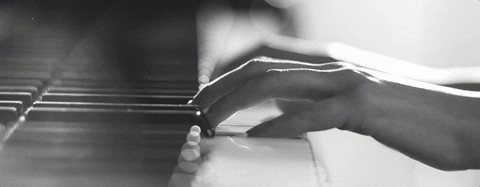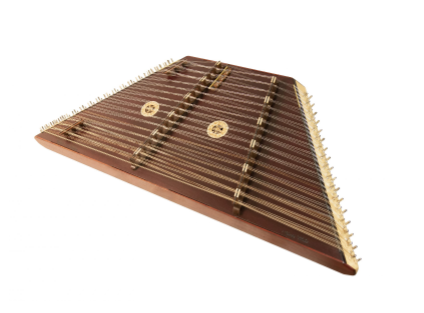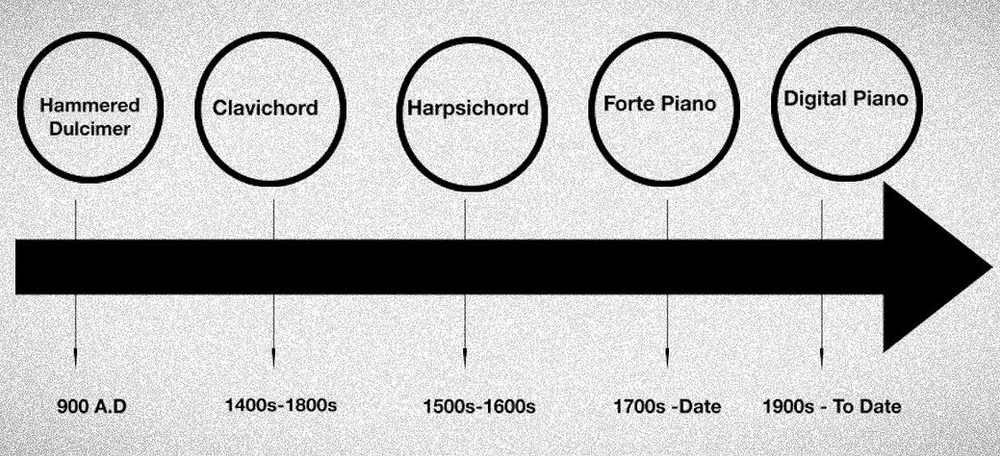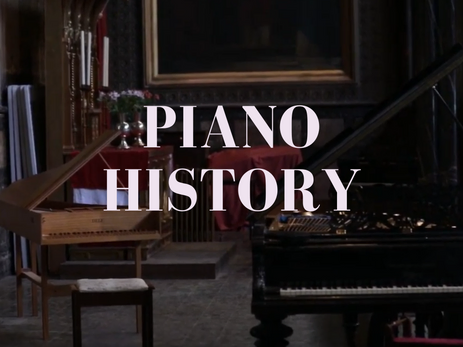Uncategorized
Piano History: When was and who invented the piano?
History of the piano

Ever wondered why the piano makes the sound that it does?
How it became the instrument it is today?
Who invented it and where it came from?
Well, what you may not know is that it has developed from its ancestors just like we have.
Let’s take a journey throughout time to discover just when was piano invented and how has been transformed!

HAMMERED DULCIMER
900 A.D
If we take ourselves all the way back to the Middle East in 900 A.D we will find ourselves looking at the Hammered Dulcimer. This instrument is free-standing and trapezoidal in shape. It has many strings which are struck by handheld hammers, looking a little like this:

early piano
This particular instrument had 3 to 5 octaves with 40 to 100 strings.
Middle Ages and during the Renaissance, the dulcimer remained a popular instrument. Either in Eastern and Western Europe. In England, it was so popular during the late 16th century that the translators of the King James version of the Bible used the term “Dulcimer” as the English translation for the Greek “Symphonia.” This term was actually a mistranslation for a type of Greek bagpipe.
It was then revived in the 1970s in England to support Folk Music as the percussive sound drove the rhythm making it perfect for dancing.
CLAVICHORD
1400s-1800s
Thanks to Giovanni Spinnet the invention of the Clavichord was able to exist.
The sound was produced by striking brass or iron strings with small metal blades called tangents. The vibrations were transmitted through the bridge to the soundboard and historically it was widely used as a practice instrument and an aid for composition.
https://www.youtube.com/watch?v=GWOhzki9TGg
HARPSICHORD
1500s-1600s
In the 1500s the Harpsichord was invented by Bartolomeo Cristofori.
It had 60 keys and each string was plucked. This plucking mechanism meant that the volume of each key was the same making dynamics near impossible to produce. The mechanics inside this instrument consisted of sets of jacks. They are thin vertical strips of wood resting on the far end of the keys and pass through a lower guide, and an upper slide/movable guide. The slide moves a given set of jacks either slightly toward or slightly away from its set of strings causing the tone to be projected.
Some of the most famous composers that wrote for the Harpsichord are listed below with video examples of their Harpsichord work:
Domenico Scarlatti
https://www.youtube.com/watch?v=u7wwYlScTrY
William Byrd
https://www.youtube.com/watch?v=3H4q0nozrqY
George Frideric Handel
https://www.youtube.com/watch?v=LjfL04JFw4U
Johann Sebastian Bach
https://www.youtube.com/watch?v=wC_kuLSnuXk
,But how did we get from an instrument with no dynamic range to the diverse piano that we know and love to play today?
FORTE PIANO
1700
The Forte Piano was adapted from the Harpsichord and was originally called the ‘Gravicembalo Col Piano e Forte’ which means ‘Harpsichord with soft and loud’. As you can see, it’s a little difficult to answer when were pianos invented, because this instrument had quite an evolution through years, but we can consider the Forte Piano as the direct ancestor to the piano we know and use nowadays.
This piano was so well modified that we still use it today. The small hammers are struck instead of plucked causing a diverse sound and with 88 keys it has the widest range of tone than other instruments.
By 1860 the Upright Piano completely replaced the square piano and is usually most peoples choice of instrument today. However, back then, the piano was so expensive that you would only find them in the homes of aristocrats and royals. So, who invented the piano? We could say it also was Bartolomeo Cristófori because although the precise date of when was invented is unknown, in one Medici’s family inventory it’s indicated the existence of a piano made by him in 1709.
https://www.youtube.com/watch?v=2ef95BZfYcw
DIGITAL PIANO
1900s
Of course with technology constantly evolving, the piano has to as well!
Digital pianos have become increasingly popular as it has the ability to replicate the sounds of an acoustic piano but with the options of controlling the sounds volume or using headphones so you don’t irritate your neighbours. It can also have weighted keys which allows you to keep the sensitive touch that the piano requires.
These digital pianos usually use recorded samples of the acoustic piano which is then amplified through an internal speaker to project the realistic tone.
Some digital pianos can emulate other sounds besides the piano, the most common ones being an organ and harpsichord which will make your practice a whole lot more interesting, especially when trying to play Beethoven with a Harpsichord sound!
Juan Rezzuto’s collaboration
In the video below you can see the ultimate result of today’s widely available technologies!
https://www.youtube.com/watch?v=Nyy2QhN_tfo
Piano History TIMELINE

cristofori piano
#pianohistory #britishpianomakers

